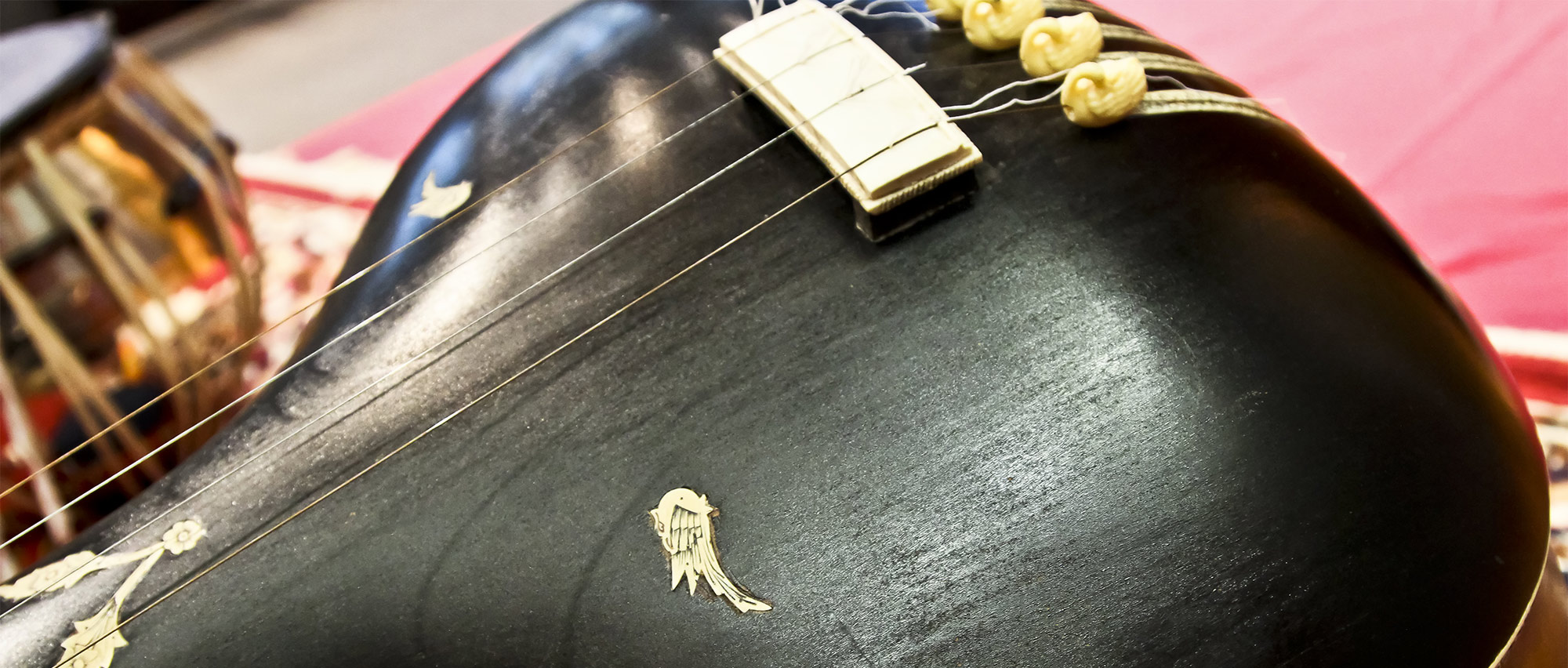

Learn about the richness of the classical experience in South Asia music. The history of Classical, how it started and the influences of two channels, Carnatic and Hindustani.
The foundations if Indian musical thought can be traced back to the Vedic era (c. 1500 BCE), from which time the spiritual dimensions of the music were thought of as a manifestation of Nada-Brahma, “sound as the language of God.” The basic pitches of the scale are identified, and the rhythmic system, based on the poetics of long and short metrical units, laid the foundation of the modern tala systems.
By the time of the seminal treatise, the Natyasastra in the fourth century AD, an aesthetic system (navarasa—the nine moods), scales, instrument classifications, and elaborate descriptions of movement and theater lay the foundations of modern music and dance.
In the ancient river of artistic tradition there came to be two modern streams, called Hindustani and Carnatic, which use a similar vocabulary of pitch and rhythm (organized into ragas and talas), but manifesting in slightly different organizational, compositional, and ornamental styles.
MITHAS is dedicated to the classical experience in the performing arts, but we also try to preserve and promote related and refined artistic fields, such as those of thumri, bhajan, and ghazal; and further, we have delighted in more contemporary practices of fusion music, in which the classical artists are combined in innovative ensembles, and join with western artists in jazz and medieval music as well as in innovative dance ensembles. However, the richness of the more traditional classical experience in South Asia demands a special consideration, and the aims and ideals of MITHAS are best served by the presentation of these arts..
The quantity and quality of the artists who regularly come to the USA, as well as the increasing number of those who make their residence here, ensures that MITHAS will have a reservoir of great music and dance for years to come. We are dedicated to the propagation and preservation of these arts, and wish that our vision can be learned by the young and shared by the greatest audience we can serve.